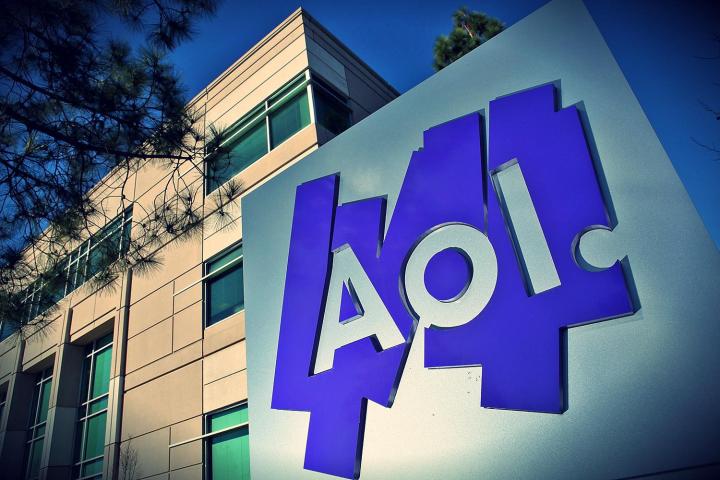
The 83-year-old California resident explained to the outlet that he was used to paying $51 a month to AT&T for landline service, making him one of the few remaining AOL dial-up users in his neck of the woods. All of a sudden, his AT&T bill jumped to $8,000 in one month. He tried to contact AT&T to no avail, and though a tech was allegedly dispatched, the octogenarian said no one ever arrived at his house.
One month later, the bill had doubled to nearly $16,000. Even though a tech did finally show up at his house, Dorff was only told there was something wrong with his modem. Dorff contacted AT&T with the issue, hoping to have the bill reduced, but he said the company wasn’t all ears.
“The woman said they couldn’t make an adjustment,” said Dorff. “I told her I couldn’t possibly afford what they wanted. She just insisted that I had to pay it. She was very blunt about it.” Dorff lives off of his Social Security benefits, which gives him $1,500 a month.
Eventually, Dorff reached out to David Lazarus over at LA Times with his issue, and when AT&T was contacted by the outlet, the company finally explained the root of the enormously high bill. For some reason, Dorff’s modem started dialing an international number and, as a result, Dorff was charged by the minute.
According to AT&T, it was in the process of addressing the issue when the LA Times contacted the company and well on its way towards dropping the charges. Based on Dorff’s experience with AT&T regarding his matter, however, it would have been nice if the company told him that earlier.


